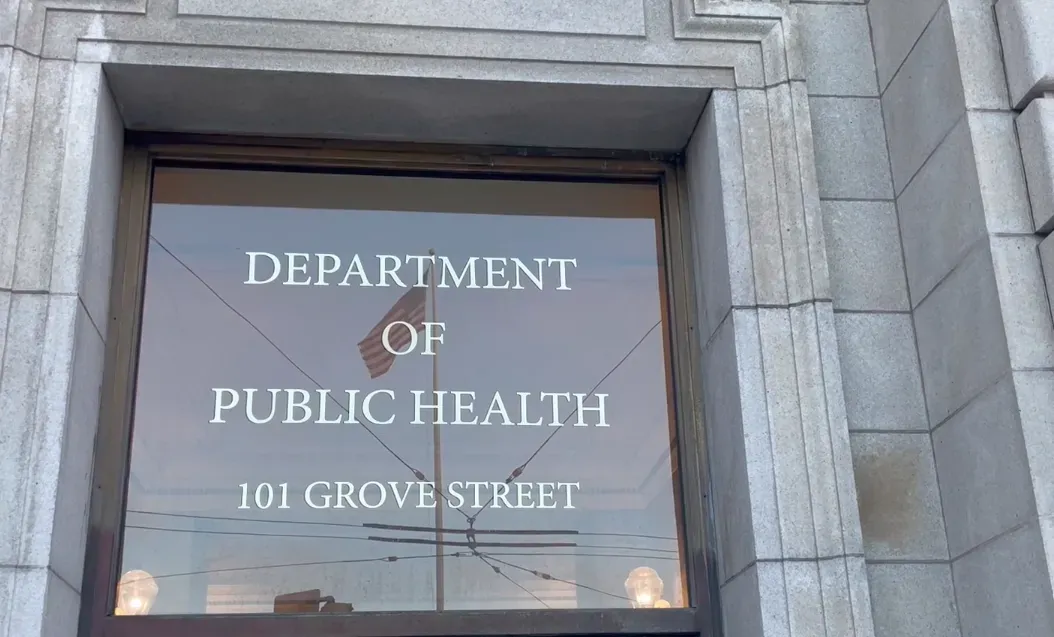
Chronic infection and deaths from the liver-ravaging hepatitis B virus declined in San Francisco from 2021 to 2023 but local case rates still exceeded the national average, the city Department of Public Health said in its first report on the disease in nearly a decade.
The report, released in June just days after the Public Press published a series on how chronic hepatitis B disproportionately affects Asian Americans in the Bay Area, has been anticipated by local health advocates for years.
“It took them a few years to get it together, but they published something,” said Dr. Amy Tang, director of immigrant health at North East Medical Services, which serves many Asian Americans in the Bay Area.

As a nonprofit journalism organization, we depend on your support to fund more than 170 reporting projects every year on critical global and local issues. Donate any amount today to become a Pulitzer Center Champion and receive exclusive benefits!
The health department had not issued a new report since 2016, well before resources were redirected to COVID-19 responses. In an email, a spokesperson wrote that work on the hepatitis B report was paused because of limited funding, staffing shortages and rising demands to report on hepatitis C, a similar viral infection that is curable but not vaccine-preventable. A 2024 report is in development and officials said they plan to release updates annually.
Other cities, including New York, regularly track the infection to help medical professionals understand its prevalence. Tang hopes San Francisco will continue producing the report annually to help medical professionals like her understand local infection trends.
The latest data offers some encouraging signs, said Tang, who noted a gradual decline in deaths linked to the infection. She sees this as a hopeful sign that more people with chronic hepatitis B in the city are accessing treatment. That is a critical step, as research shows just one third of chronic hepatitis B patients in the United States are able to get treatment. However, Tang was surprised to find an increase in the proportion of Black, Latino and white men among newly diagnosed cases.
“It was a good reminder that we need to also focus on hepatitis B vaccination so that these new cases don’t occur in people who otherwise wouldn’t have been at risk,” she said.
One challenge in assessing the new trend is that most newly reported chronic hepatitis B cases are classified as “probable” rather than confirmed, said Tang. As a rule, labs report acute infections to local health agencies when they are detected, which can be accomplished with just one test. But determining if a case has become chronic requires additional tests and clinical evidence, which are harder to obtain.
Carrie Frenette, executive director of Global Medical Affairs for Liver Diseases at Gilead Sciences, a Foster City-based biopharmaceuticals firm, was a hepatologist before shifting to researching the illness. Speaking as someone who treats hepatitis B patients directly, she explained that even after initial screening, more steps are often required to make a full diagnosis and determine whether the infection has become chronic. This could mean a patient must return in six months for another test.
“With every step that requires more action, people get lost,” Frenette said.
San Francisco, which has long seen high rates of chronic hepatitis B, became a center for awareness efforts in the early 2000s after a wave of early deaths from the disease shocked the Asian American community. Yet it has remained a challenge to accurately understand local prevalence, because local institutions often lack the resources to comb records for additional test results or other clinical evidence needed to confirm chronic cases and produce analysis.
Without a city-funded program like New York’s, San Francisco has relied mostly on national and state grants to analyze trends in viral hepatitis and report them to the federal Centers for Disease Control and Prevention. In the past, state and federal support helped advance annual reporting on hepatitis C. Public health advocates hope the new report on chronic hepatitis B will build on this progress, even as they grapple with the effects of recent federal funding cuts
Advocates say increasing awareness and making hepatitis B screening a more routine part of medical care could help close that gap. Richard So, who leads the Hep B Free campaign, is working to scale the program’s local success into a national push, urging more health care providers, not just those in ethnic hospitals familiar with the disease, to follow stronger screening guidelines.







